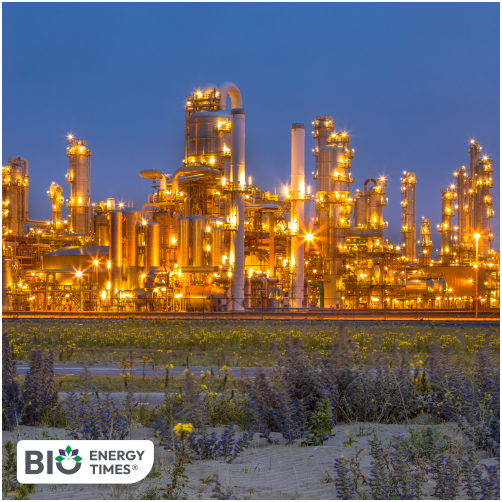LG Chem has started building South Korea’s first hydrotreated vegetable oil (HVO) production plant, a major step in the company’s efforts to secure eco-friendly raw materials and reduce its environmental impact. The plant is being built in Seosan, South Chungcheong Province, and is expected to be completed by 2027. Once operational, it will produce 300,000 tons of HVO each year, reports The Korea Herald.
HVO, also known as green diesel, is made by using hydrogen to process vegetable oils—mainly used cooking oil—into a cleaner fuel. While similar to biodiesel, HVO performs better in cold conditions and is more stable. Though it has slightly lower energy density than regular diesel, it can reduce carbon emissions by up to 90 percent. HVO is used in areas like aviation fuel, car fuel, and as a chemical feedstock known as bio-naphtha.
LG Chem plans to use the HVO not only for biofuel but also as a raw material in its growing line of eco-friendly plastics. The company will convert bio-naphtha into high-quality plastics used in products like home appliances, vehicles, sports gear, and hygiene items.
“LG Chem is changing its business direction to focus more on low-carbon industries, aiming for long-term growth and better profits,” said LG Chem CEO Shin Hak-cheol. “We’ll keep investing in clean fuel and bio-based materials like HVO to stay globally competitive and meet customer expectations.”
The Seosan plant is a 50:50 joint project with Italian energy company Eni, which already produces 2 million tons of HVO each year in Italy and operates a large international supply network.
According to LG Chem, the new plant will help reduce dependence on imported raw materials, which the company has relied on until now for its chemical production.
The global demand for sustainable raw materials is rising quickly as businesses work to meet stricter environmental rules and increasing consumer interest in green products. A report by Fortune Business Insights predicts the HVO market will grow from $21.36 billion in 2025 to $36.86 billion by 2032, at an annual growth rate of about 8.2 percent.














